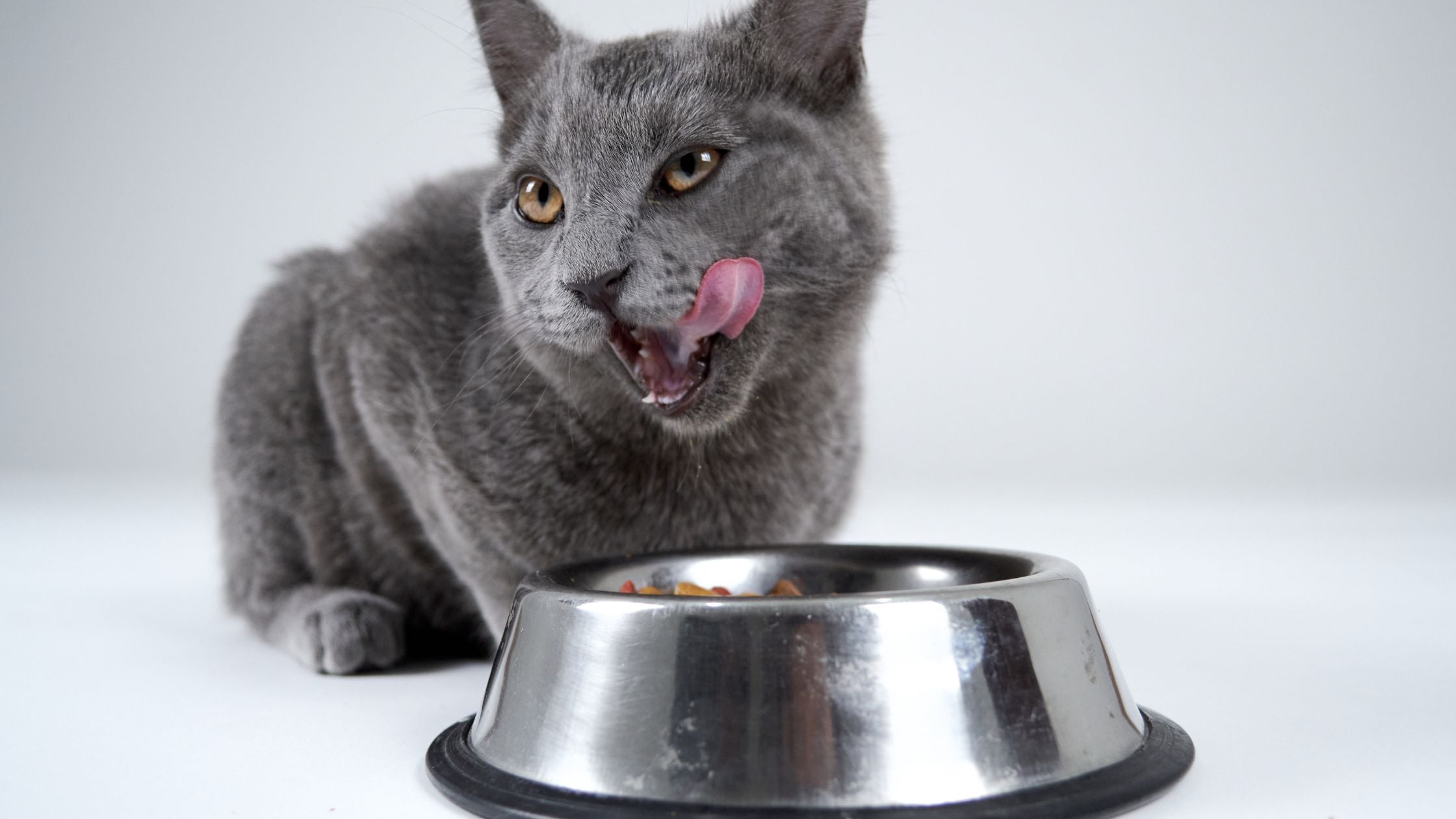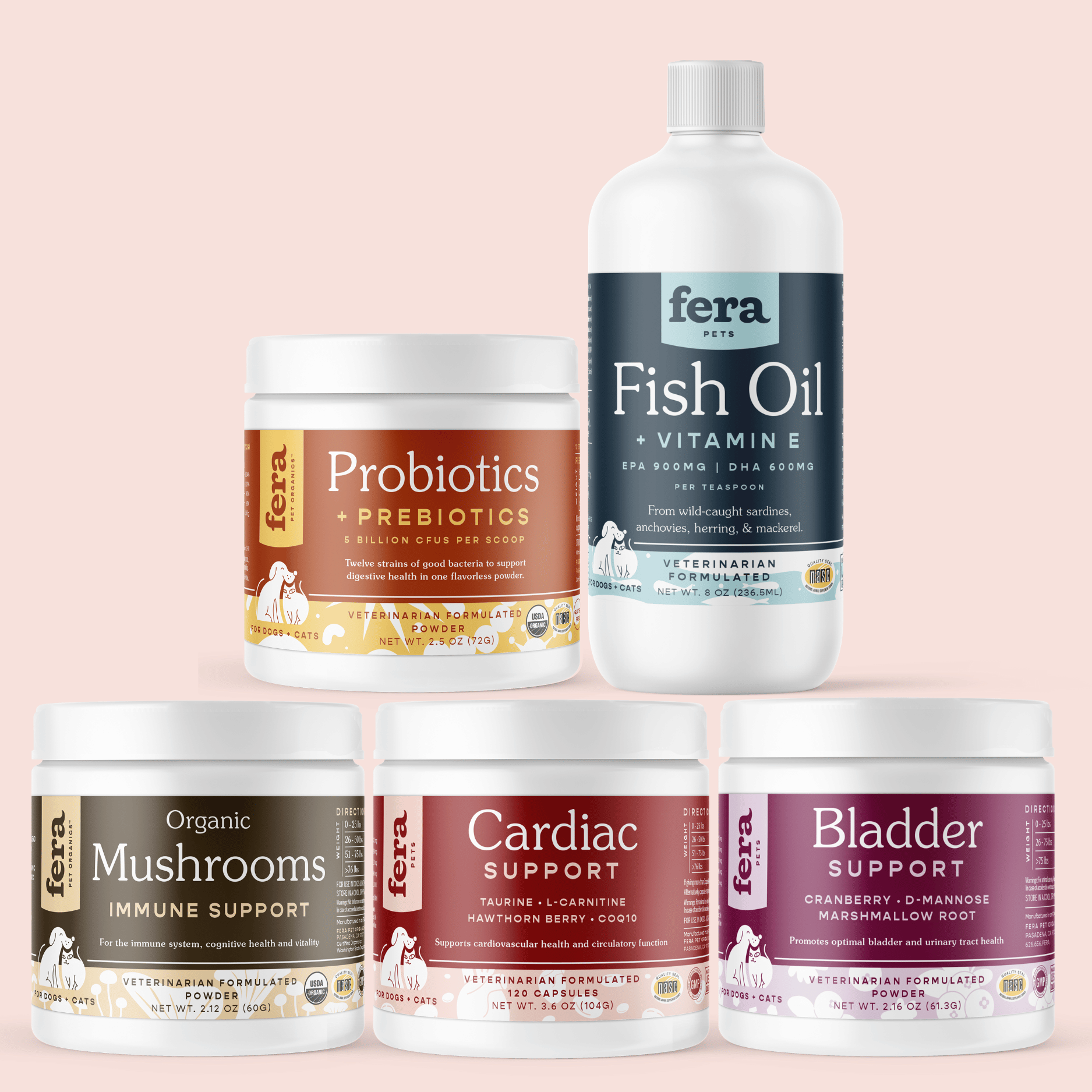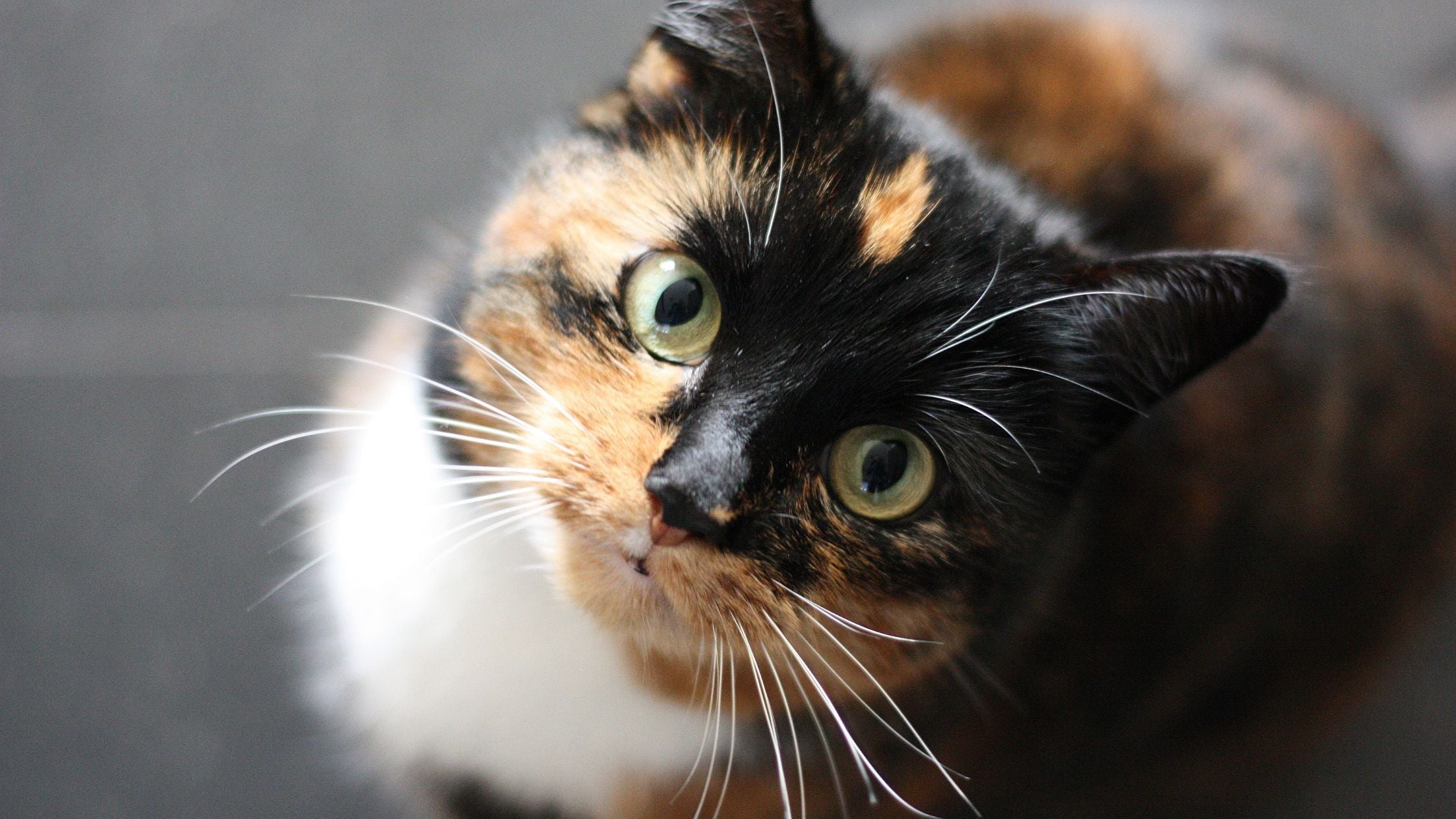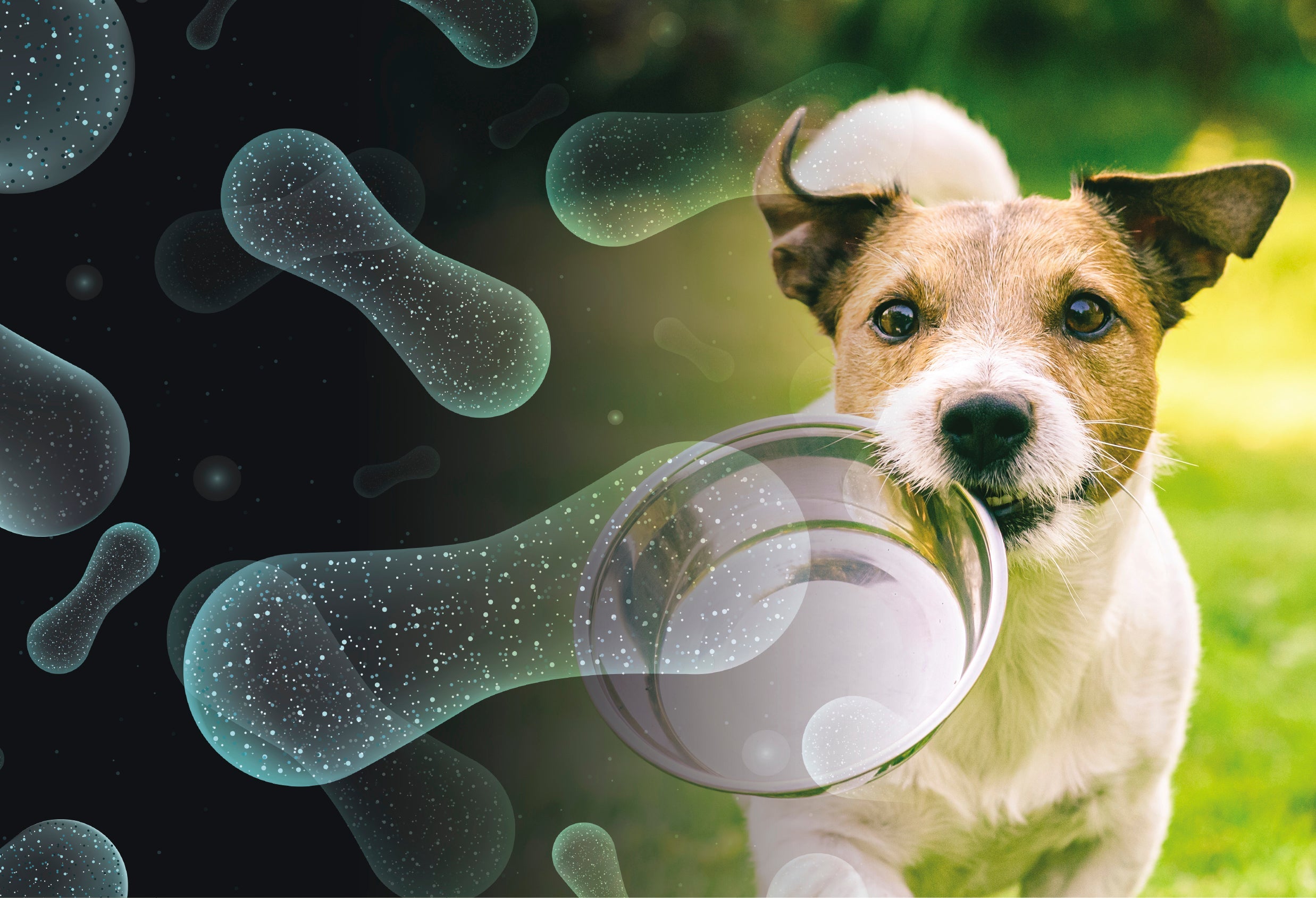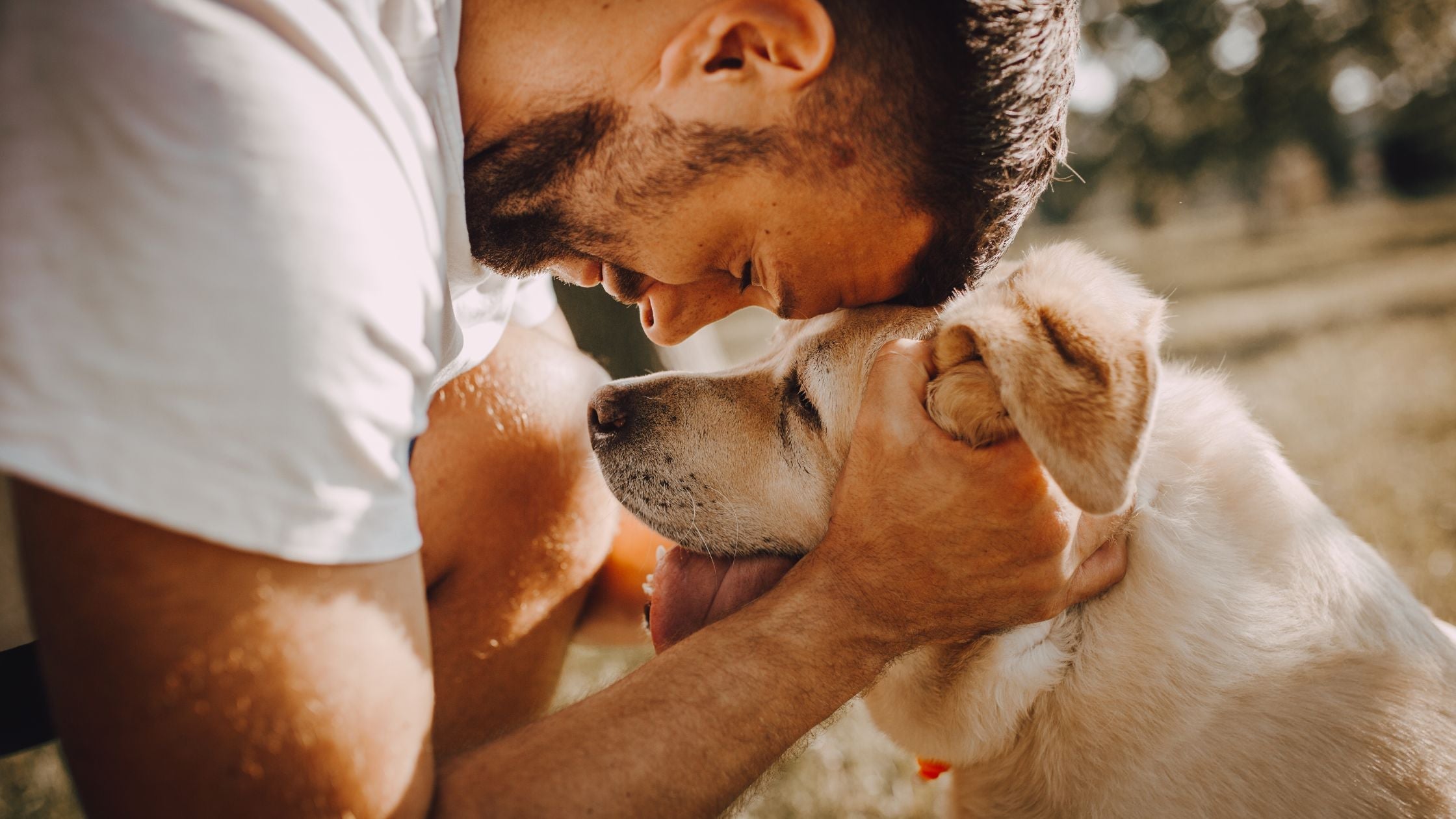The Ultimate Guide to Understanding Your Cat’s Dietary Needs
Unravel the mystery of your cat's dietary needs with our ultimate guide. Discover the essential aspects of feline nutrition and how you can provide the best diet for your furry friend. Learn how to choose the right food, decipher ingredients lists, consider life stages, and even try homemade cat food recipes!
Cats are fascinating and loving companions with ‘purr’sonalities as unique as their particular nutritional requirements.
Understanding your cat's dietary needs is a fundamental aspect of responsible pet ownership. By providing a nutritionally balanced diet, you contribute to your cat's overall health, longevity, and happiness.
In this blog, we’ll delve into the essential aspects of a cat's diet and explore how you can provide the best nutrition for your furry family member.
Understanding Your Cat’s Dietary Needs
Devout Carnivores
Cats are obligate carnivores, which means their diet primarily consists of meat. Unlike omnivores, cats rely on nutrients found in animal meat to obtain their daily dietary requirements. Essential nutrients such as taurine, arachidonic acid, and Vitamin A are best obtained from animal sources, at least for felines, making it vital to include meat in their diet.
Protein is Paramount
Protein is the cornerstone of a cat's diet. It plays a crucial role in maintaining muscle mass, supporting the immune system, and promoting overall health. High-quality animal-based proteins should constitute a significant portion of your cat's diet. Look for commercial cat foods with meat listed as the main ingredient.
Healthy Fats for Healthy Energy
Cats derive a significant portion of their energy from fats. Fatty acids, such as omega-3 and omega-6, are essential for maintaining healthy skin and coat. Try adding fat-rich sources like fish oil to your cat’s diet to help maintain their overall well-being.
Carbohydrates in Moderation
Unlike many other animals, cats have a limited ability to metabolize carbohydrates. While small amounts of carbs can be included in their diet, excessive reliance on grains or fillers can lead to a variety of health concerns.
Ditch the cat foods that rely too heavily on grains and carbohydrates and opt for cat foods that prioritize protein and healthy fats instead.
How to Choose the Right Diet for Your Feline Friend
Read the Cat Food Ingredients List
When selecting cat food, scrutinize the ingredients list. High-quality cat food should list meat as the primary ingredient and avoid unnecessary fillers, artificial additives, and preservatives. It should also provide an ample amount of essential vitamins and minerals to support your cat’s body such as iron, zinc, and calcium.
Consider Their Life Stage
Cats have different nutritional needs at various stages of their lives. Kittens, adults, and seniors require specific nutrients to support growth, maintenance, and aging. Choose cat food labeled for your cat's life stage to ensure they receive the appropriate balance of nutrients.
Wet vs. Dry Food
Both wet and dry cat food have their advantages. Wet food can help with hydration, especially in cats that may not drink enough water. On the other hand, dry food is more cost-effective and can aid in dental health by promoting chewing. A combination of both is ideal.
If you’re not sure which types of wet food to offer your cat or how much is necessary, don’t hesitate to reach out to your veterinarian. The doctor will be happy to help you create a meal plan for your companion.
Pet Supplements
Supplements formulated for pets are a great way to fill the gaps in your cat’s nutrition that food alone might not satisfy.
Look for cat-friendly supplements that support your cat’s health and wellness with natural high-quality ingredients. You can also use supplements to address specific health issues.
Keep Treats to a Minimum
While it's tempting to shower your furry friend with treats, it's important to do so in moderation. An excessive amount of treats can lead to an imbalanced diet and contribute to further health problems. Opt for treats that are nutritionally sound and consider incorporating them into your cat's daily calorie intake.
Try Homemade Cat Food
If you really want to take your cat’s diet to the next level, making homemade cat food is a great option. Not only are you in complete control of the ingredients that go into your pet’s food, but you can tailor the recipe to meet your cat’s dietary needs.
Homemade cat food should include a combination of high-quality proteins, fats, and carbohydrates in the right proportions. Incorporate a variety of meat sources to ensure a diverse nutrient profile. Supplements may be necessary to cover any potential gaps in nutrition.
If you're considering preparing homemade cat food, I highly recommend consulting with your veterinarian to ensure it meets your cat's unique nutritional requirements. Homemade diets should be well-researched and carefully balanced to avoid deficiencies or excesses in essential nutrients.
If creating a homemade meal plan for your cat requires too much time, energy, or cash, you can always try creating homemade cat treats instead.
Here are a couple of easy recipes you can try with ingredients you likely already have in your kitchen:
Chicken and Pumpkin Cat Treats
Ingredients
- 1/2 cup cooked chicken, shredded
- 1/4 cup canned pumpkin (make sure it's plain pumpkin, not pumpkin pie filling)
- 1 egg
- 1 cup oat flour (you can make your own by blending oats until they resemble flour)
Instructions
- Preheat your oven to 350°F (180°C) and line a baking sheet with parchment paper.
- In a bowl, mix the shredded chicken, canned pumpkin, egg, and oat flour until a dough forms.
- Roll out the dough on a floured surface to about 1/4 inch thickness.
- Use cookie cutters or a knife to cut out shapes or simply slice the dough into small squares.
- Place the treats on the prepared baking sheet and bake for approximately 15-18 minutes or until they turn golden brown.
- Let the treats cool completely before offering them to your cat.
Peanut Butter Kitty Bites
Ingredients
- 1/2 cup smooth peanut butter (make sure it does not contain xylitol, as it can be toxic to cats)
- 1/2 cup oat flour
- 1 egg
Instructions
- Preheat your oven to 350°F (180°C) and line a baking sheet with parchment paper.
- In a bowl, combine the smooth peanut butter, oat flour, and egg. Mix until you have a firm dough.
- Scoop small portions of the dough and roll them into small balls or shape them using cookie cutters.
- Place the treats on the prepared baking sheet with a little space between each one.
- Use a fork to gently press down on each treat, creating a crisscross pattern on the top.
- Bake for approximately 10-12 minutes or until the treats are golden brown.
- Allow the treats to cool completely before offering them to your cat.
Naturally Upgrade Your Cat’s Health With Supplements Just For Them
While we all strive to give our pets a healthy and well-balanced diet, it’s no secret that they need an extra nutritional boost just like us. Join the Fera family and receive exclusive deals on pet supplements for dogs and cats, more pet health tips from our blog, and more. All you have to do is sign up for our newsletter and you’re in!
Sources
